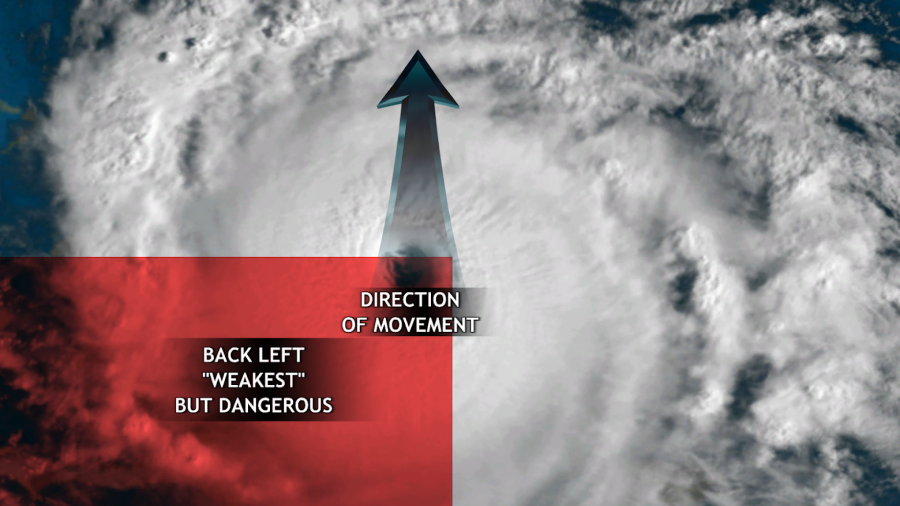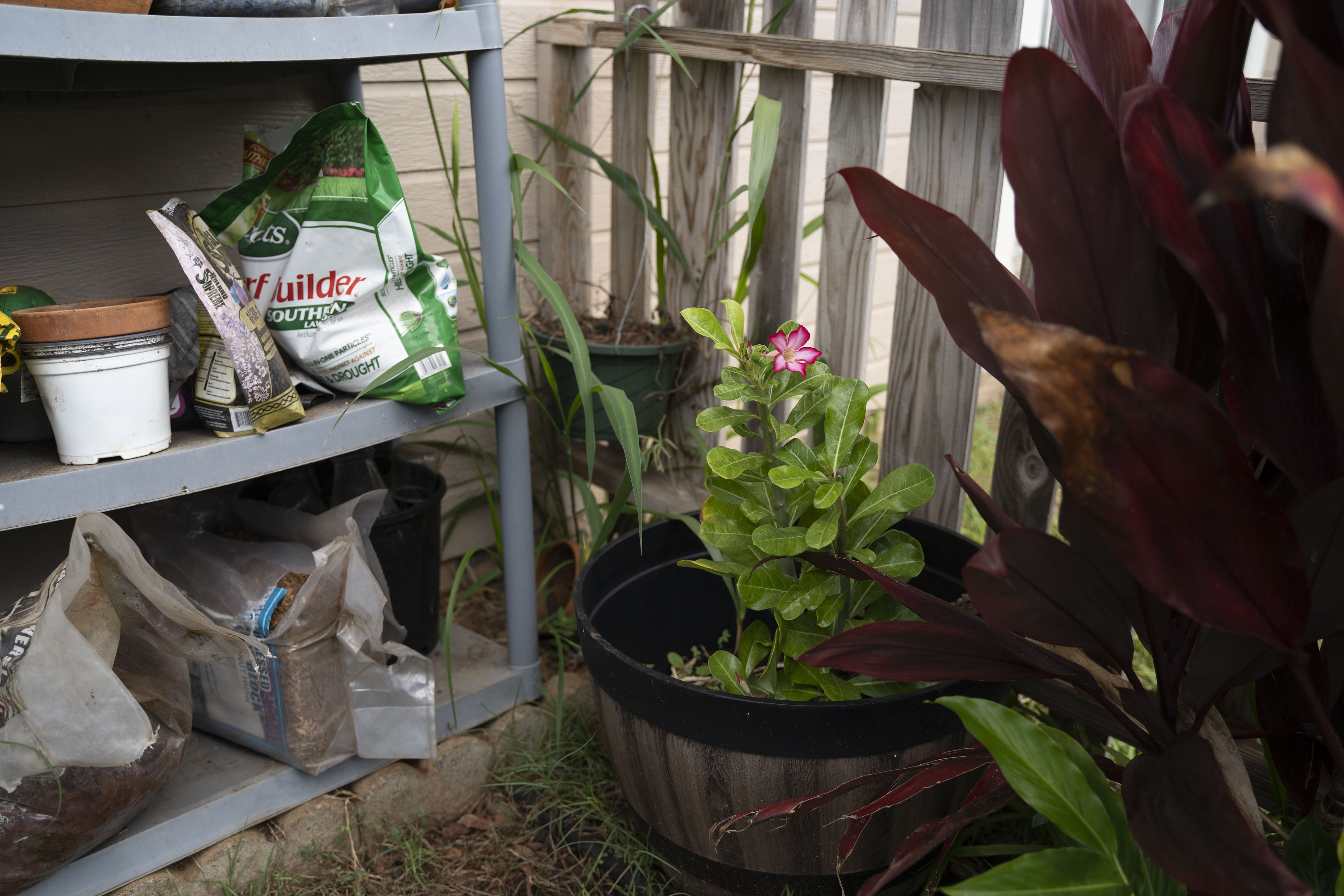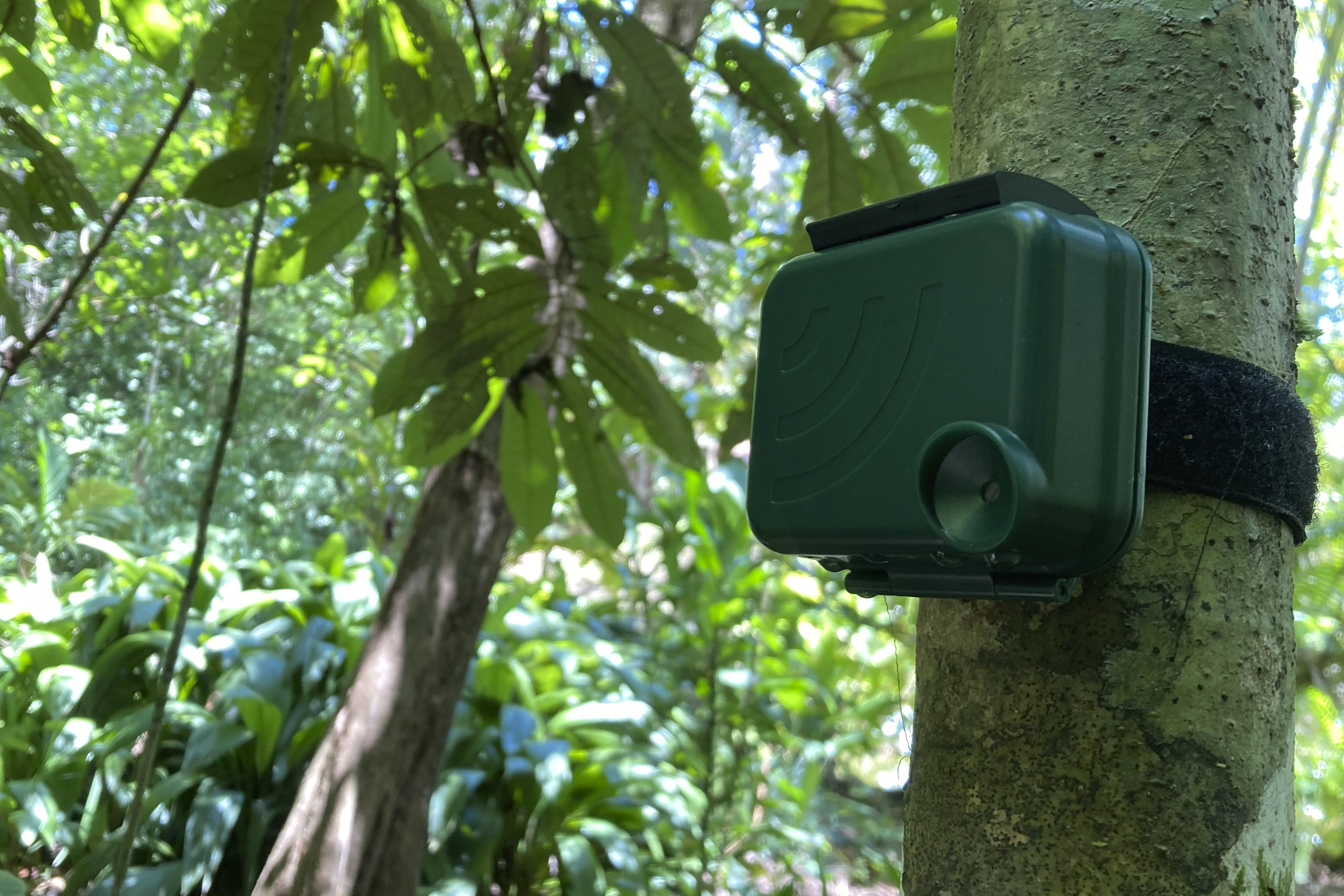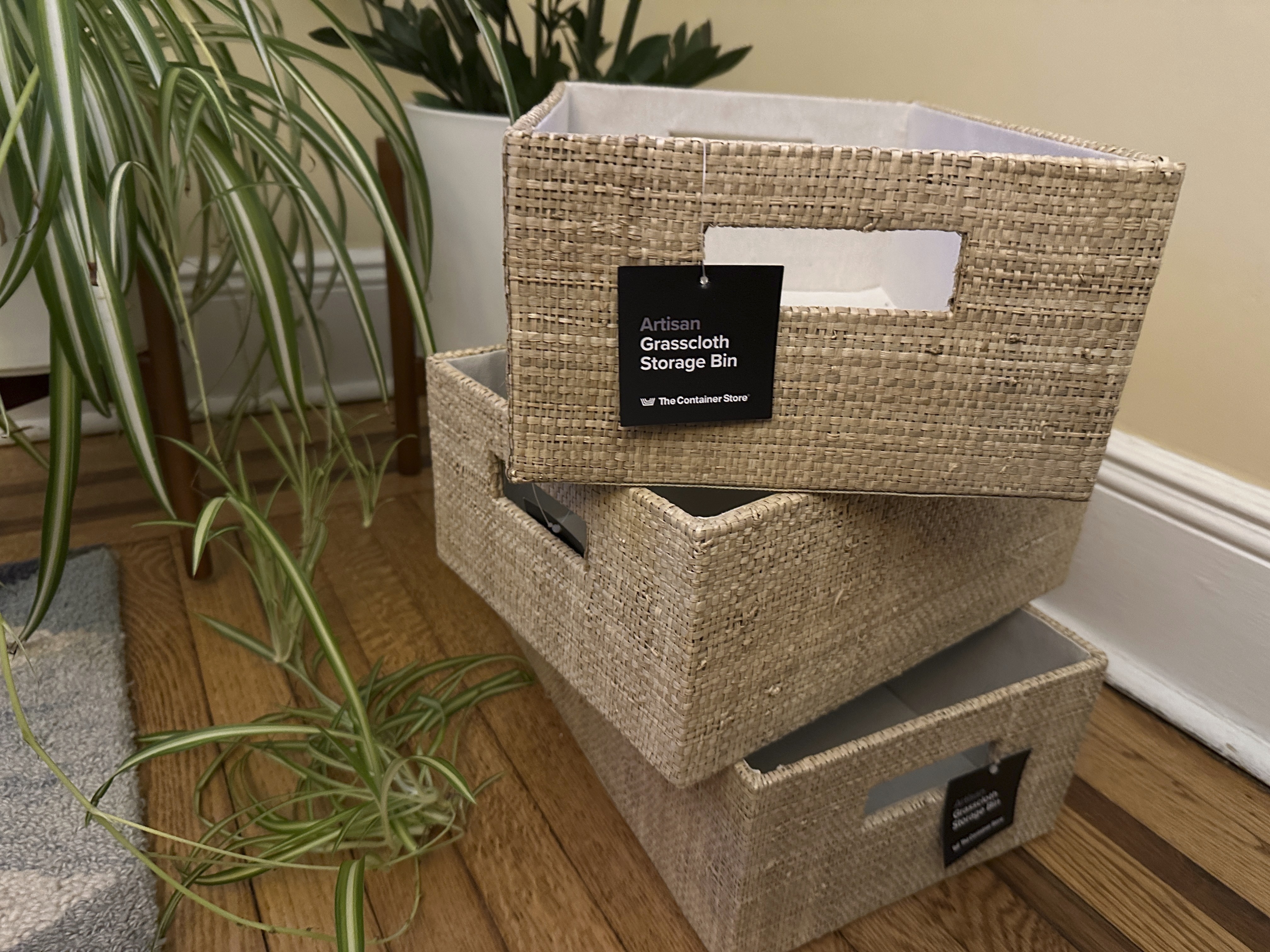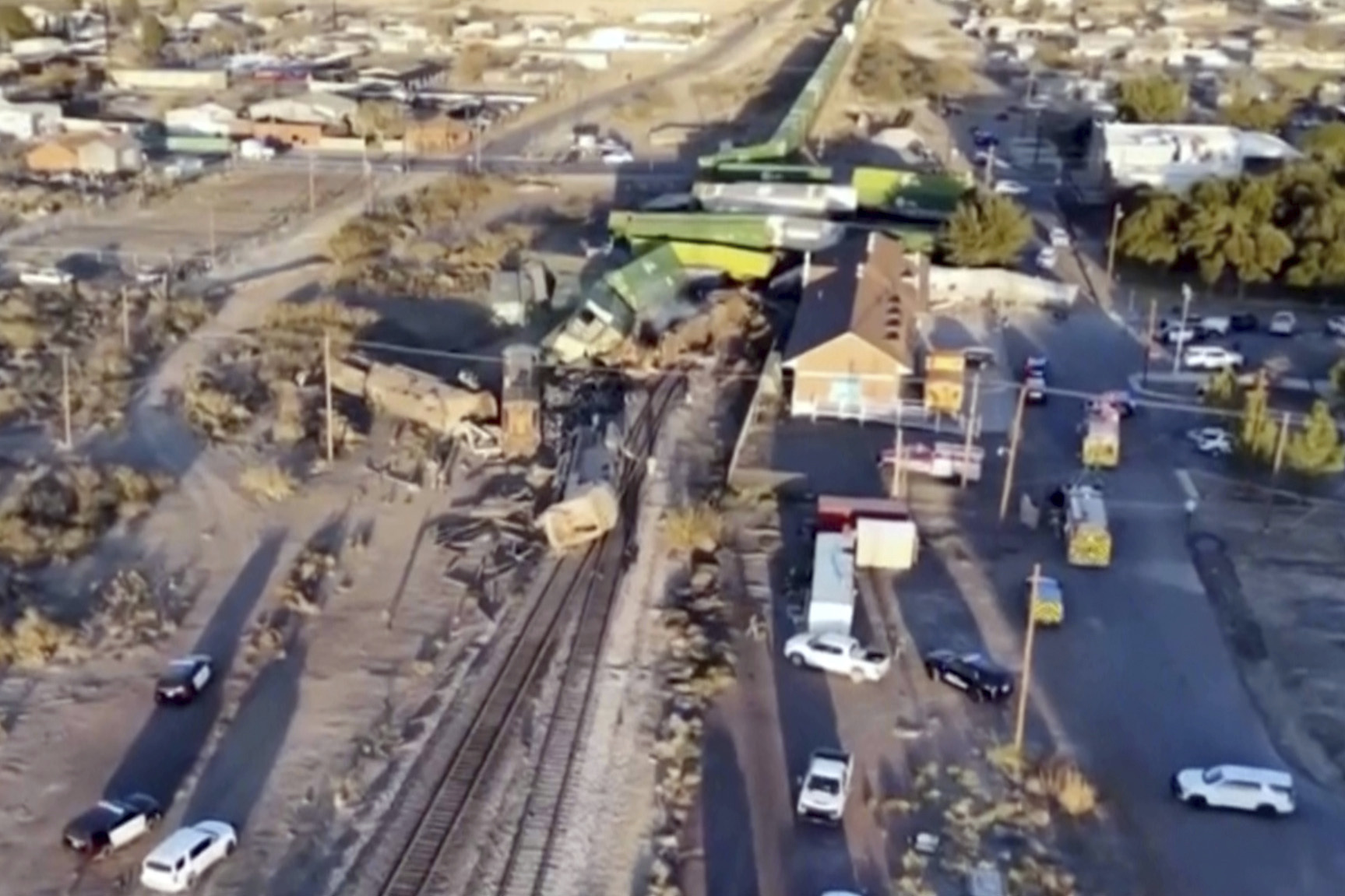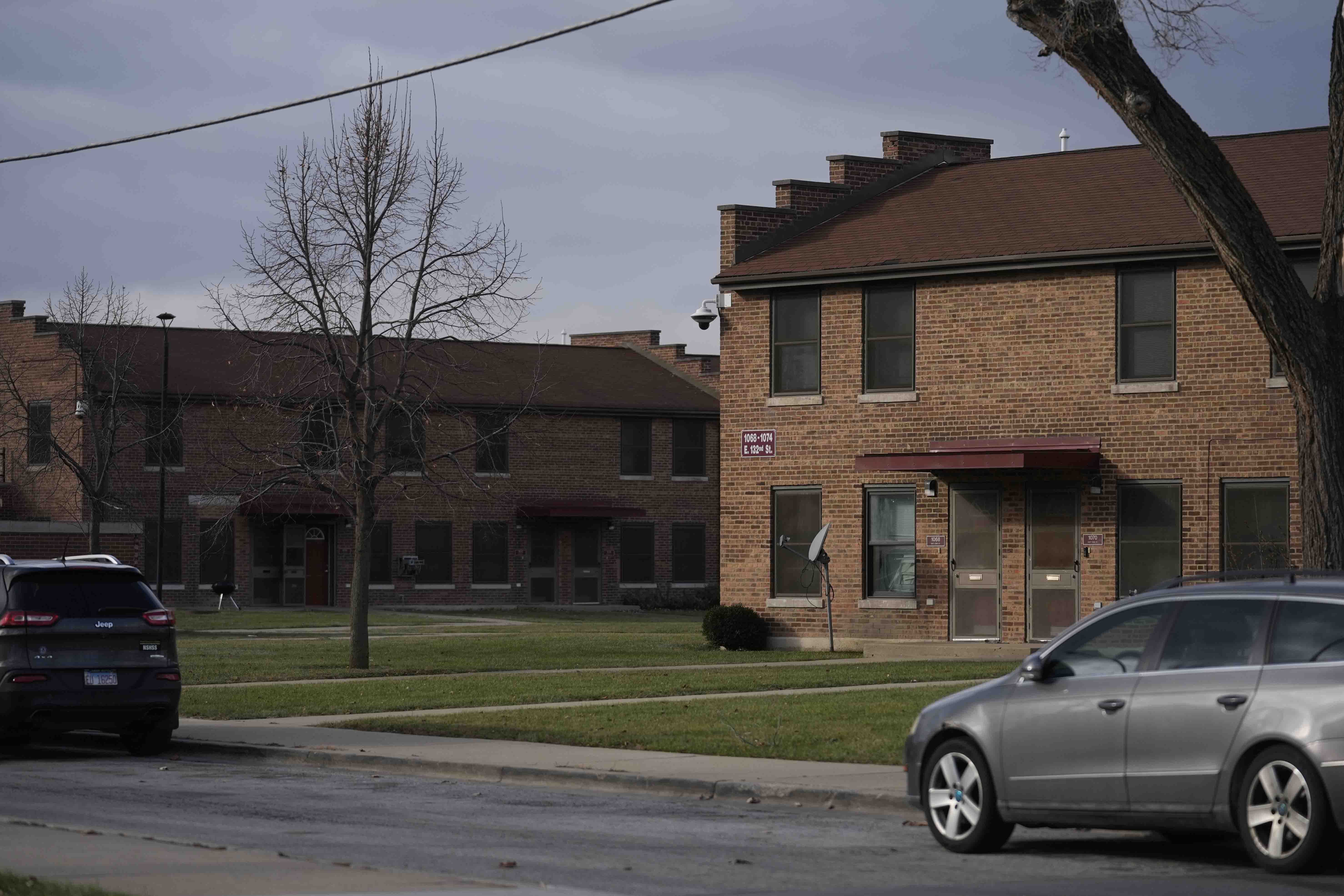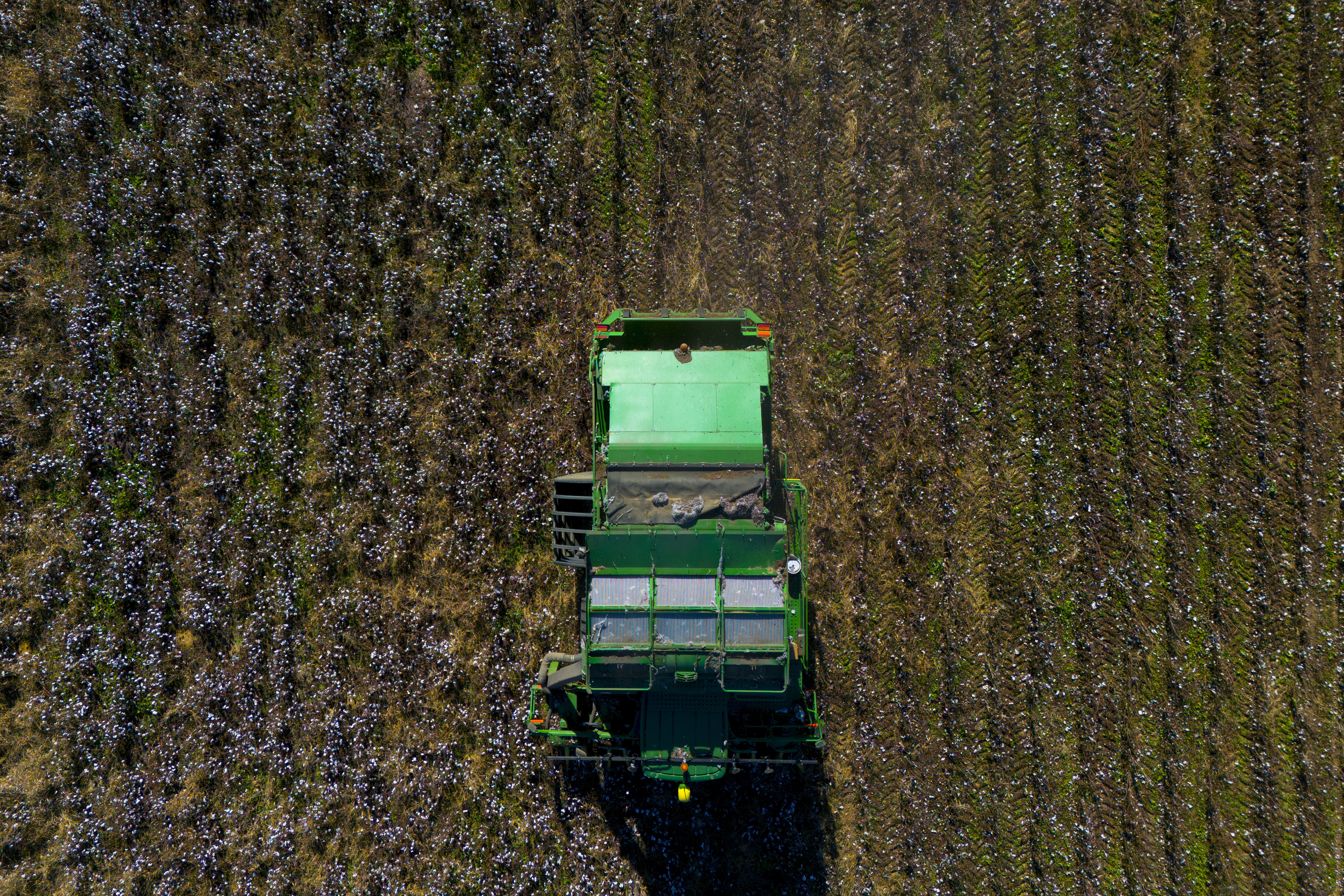Hurricanes are powerful weather systems that have winds of over 74 mph. At the center of a hurricane is what is known as the eye of the storm. This relatively calm center is where warm air rises upward over warm ocean waters, helping to fuel the storm’s intensity.
Surrounding the eye is the eyewall, the strongest part of the storm. It’s in this area where the maximum sustained winds will be. The eyewall is incredibly dangerous. As it comes ashore, a surge of life threatening flood waters and intense waves can come with it, threatening areas along the coast.

Winds in a hurricane can extend outward 100s of miles, with tropical storm force (39+ MPH ) winds often occuring 100-300 miles away from the center of circulation in strong hurricanes.
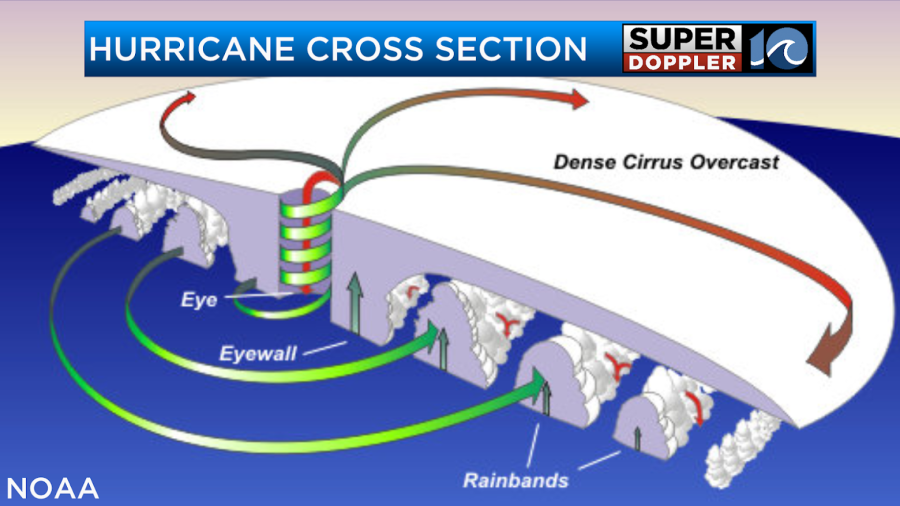
We can divide a hurricane into 4 quadrants. The right front quadrant is often the most dangerous part of the storm, with the strongest winds, tornado risk, maximum storm surge and heavy rain.
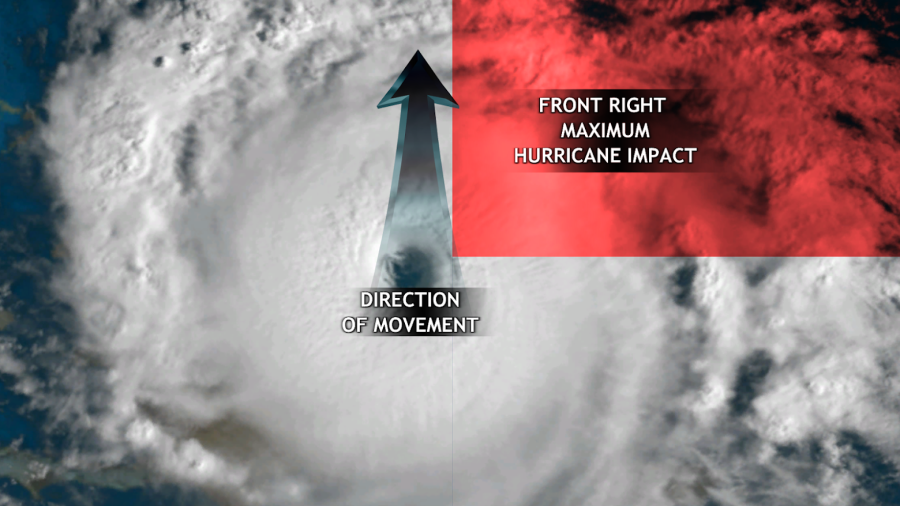
The front left side of the storm is also incredibly dangerous – with significant storm surge often occuring along the eyewall.
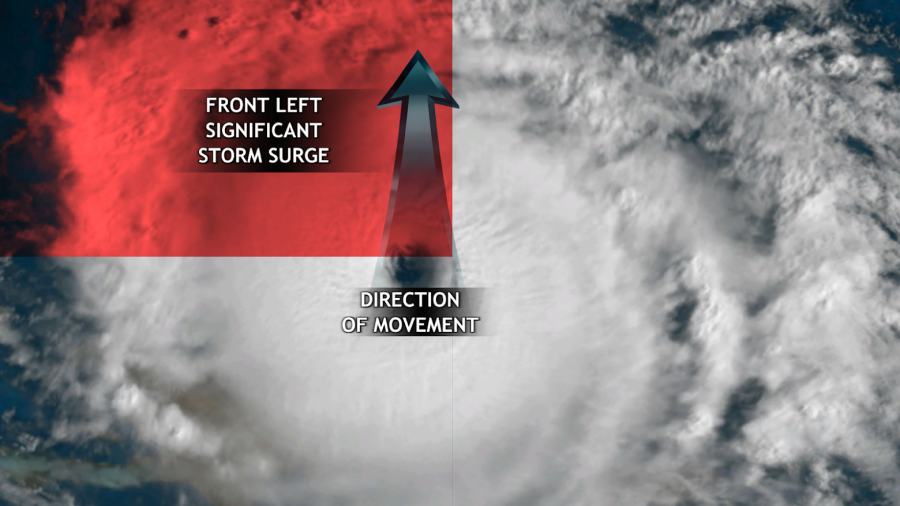
The back right side of a hurricane often has significant rain and wind associated with it.

The back left, while sometimes weaker than the other quadrants is still dangerous – with wind and rain from a different direction.
